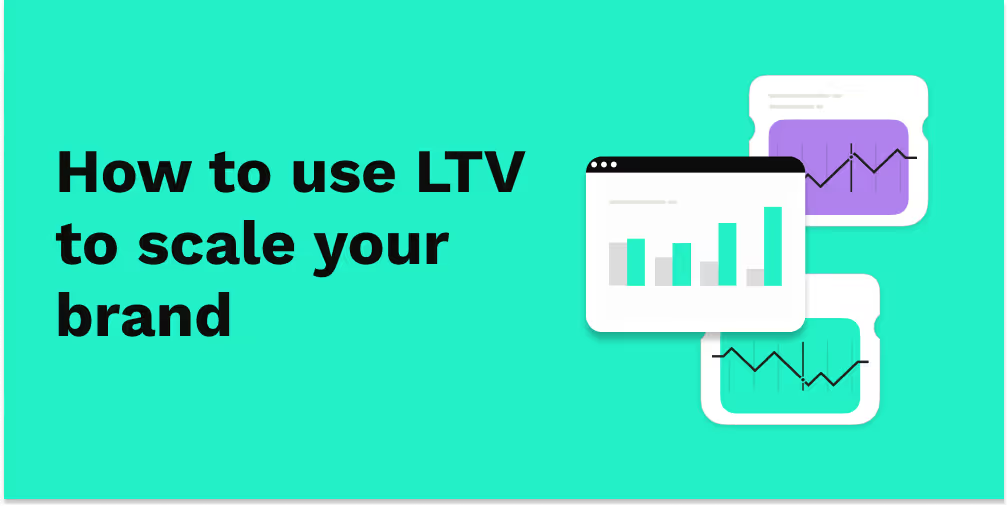Delivering Trust: How to Turn Holiday Shoppers Into Loyal Customers.

So, you have your retention strategy dialied in, and are generating good Lifetime Value (LTV) from your customers - what now? Leading PPC & Digital Marketing agency Logical Position join us to how you can take advantage of your tight sales funnel in order to scale acquisition.
Understanding and scaling customer lifetime value is a challenging growth area for many companies. These days, more companies start with that difficult process and get those flows working before focusing on other parts of the business. We at Logical Position believe this is a great move, and thankfully, clients of Relo have that covered. Now, the biggest challenge is understanding how to set marketing goals and acquire new customers for the brand. The following suggestions can help with getting started.
Online marketing in the ecommerce space often comes down to one, very important, metric—return on ad spend (ROAS). What is the amount of revenue a company is making from its ad-spend? The ROAS goal a company sets for itself can have an outsized impact on its success or failure.
For example, if it costs $40 to produce or buy a product that sells for $100, the profit margin is $60 or 60% of the price.
To calculate your break even ROAS, divide 1 by your average margin
Break even ROAS is 1/.6 or 1.67
If you spend $1 to get $1.67 in revenue you are breaking even. Spend less than $1 to get $1.67, or generate more than $1.67 per $1 in marketing spend, you're making a profit
If you use a credit card to pay for ads, you can add revenue to your bank account before paying for ad clicks. Break-even on ads should not hurt cash flow. You can benefit from using a credit card with cash back for your ad-spend. Credit Card rebates are usually not taxed by the US government.
In 2022, search volume is trending down in most industries in the US, which correlates to higher competition as brands compete harder to get fewer customers. Brands that are more aggressive in customer acquisition usually capture a larger market share. The first brand in the competition that can accept a breakeven ROAS goal often captures the most new customers.
Even if breaking even is not an acceptable goal to the brand owner, looking at Google and Microsoft ads at a profit max is a good first step. At a 50% margin, a 10x goal can look great on paper. If that brand spends $10K to generate $100K, the overall profit would be $40K. On the other hand, if the brand looked at a lower ROAS to max profit instead, it may be better to spend $100K at a 4x ROAS to generate $400K, creating an overall profit of $100K. More bottom line money to the business, but at a lower ROAS. Also, and more importantly, it brings in more new customers to drive lifetime value.
Google on its best day will generally not generate a higher profit per sale than email (or other lifetime-value-generating marketing channels) on its worst day. If you’re able to scale more new customers today by accepting a lower profit now, your business can reap larger profits a few months down the road from the higher number of lifetime value numbers you’ve acquired.
If you need help strategizing lifetime value, contact Logical Position for a consultation. Our professional team can help determine what customer acquisition strategy makes the most sense for your particular brand!